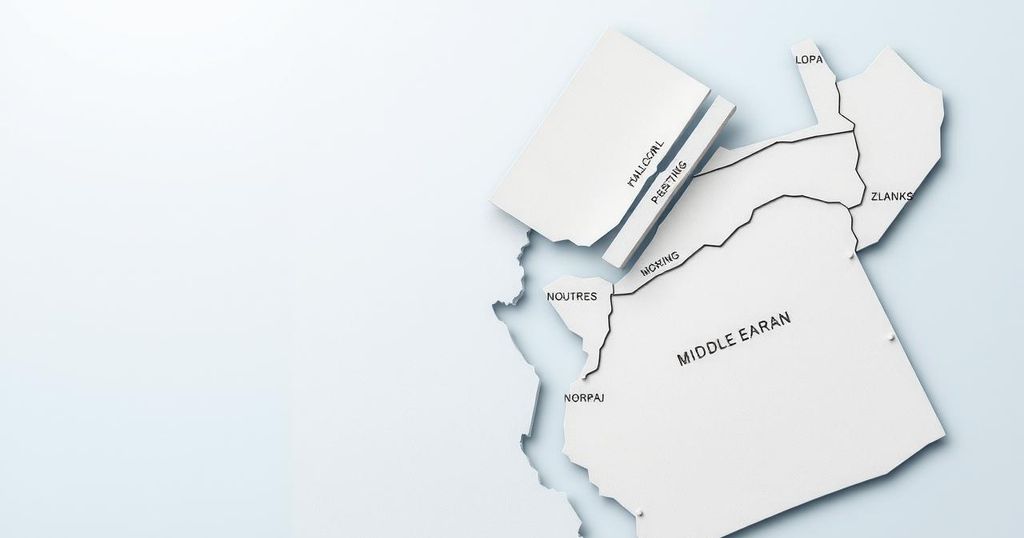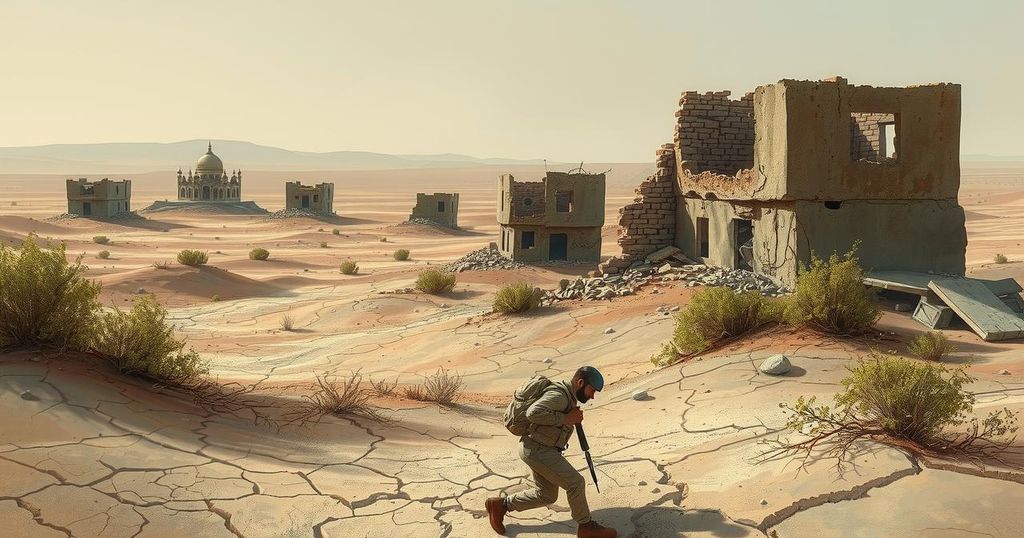Approximately 800 Haredi Jews prayed at Rav Ashi’s grave on the Israeli-Lebanese border, with IDF protection. This significant event took place on the 7th of Adar, a day important in Jewish tradition. The UN condemned the gathering as a violation of U.N. resolutions, reflecting the ongoing tensions in the area. Recent history includes detentions and casualties reported linked to unauthorized visits to the site.
On a recent occasion, approximately 800 Haredi Jews gathered to pray at the tomb of Rav Ashi, located on the U.N.-designated Blue Line, which separates Israeli and Lebanese territories. The event took place on the 7th of Adar, a significant date in the Hebrew calendar marking the anniversary of the birth and death of Moses, and was conducted with the authorization and protection of the Israeli Defense Forces (IDF).
Rav Ashi (352–427 C.E.) is a distinguished Babylonian sage known for compiling the Gemara, an integral aspect of the Talmud. His tomb is situated in the IDF’s Tziporen outpost, which Lebanon claims is within its territory, highlighting the ongoing territorial disputes in the region. Previously, Jerusalem had control over the site until the IDF’s withdrawal from the Southern Lebanon security zone in 2000, which resulted in a division of the burial site.
The United Nations Interim Force in Lebanon (UNIFIL) condemned the pilgrimage, asserting that it contravened U.N. Security Council Resolution 1701. The organization urged all parties to avoid actions jeopardizing the fragile stability in the area and reiterated calls for Israeli forces to vacate all Lebanese territories.
Earlier this year, the Israel Police had detained around 20 ultra-Orthodox Jews for attempting to visit Rav Ashi’s grave without prior approval. Ch. Supt. Arik Berkowitz of the Kiryat Shmona station reported that these individuals misunderstood the legality of their visit, believing the site to be accessible for prayers. This incident falls within a broader context of border crossings leading to conflicts with military authorities.
Tragically, on November 20, an archaeological scholar and a soldier lost their lives in a confrontation with Hezbollah forces while unlawfully entering Southern Lebanon. Although the scholar was not an active reservist, the IDF recognized him as a fallen soldier due to his circumstances.
The gathering of 800 Haredi Jews at Rav Ashi’s tomb underscores the complexities surrounding religious practices in disputed territories. The event was marred by regulatory challenges and geopolitical tensions, as highlighted by condemnations from UNIFIL. Recent history reflects the ongoing risks associated with such pilgrimages, reminding us of the delicate balance between belief and legality in contested regions.
Original Source: www.jewishpress.com




